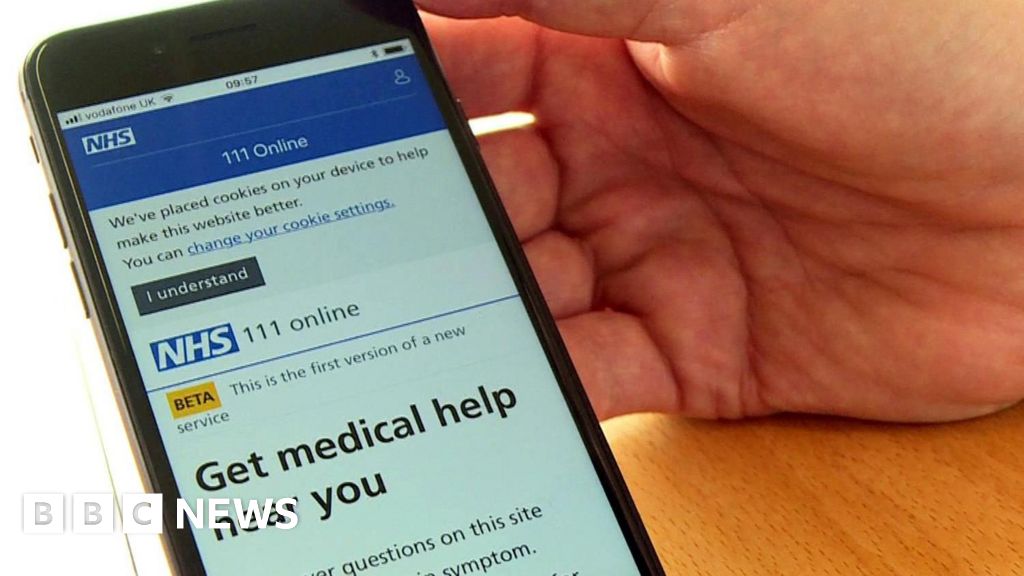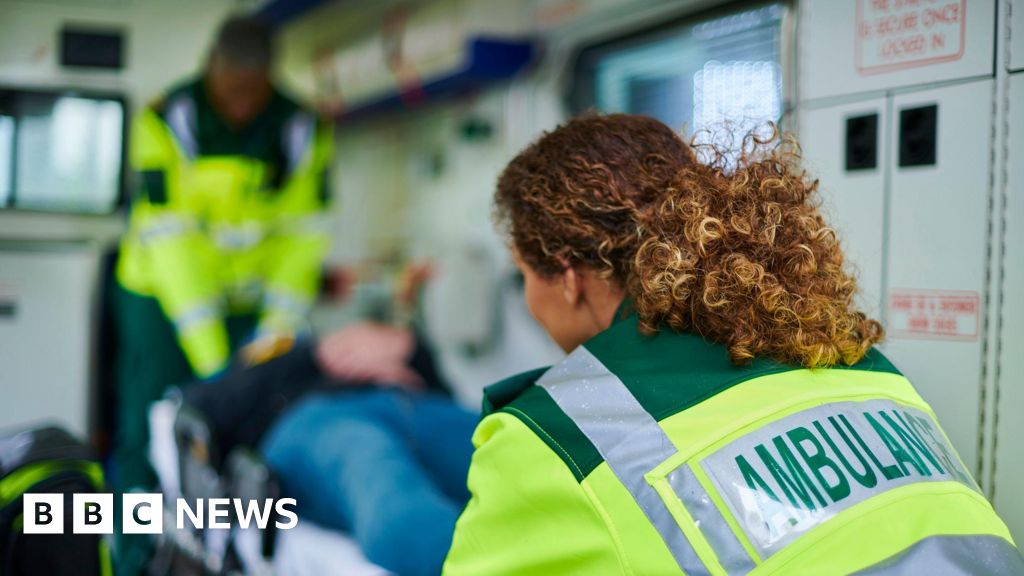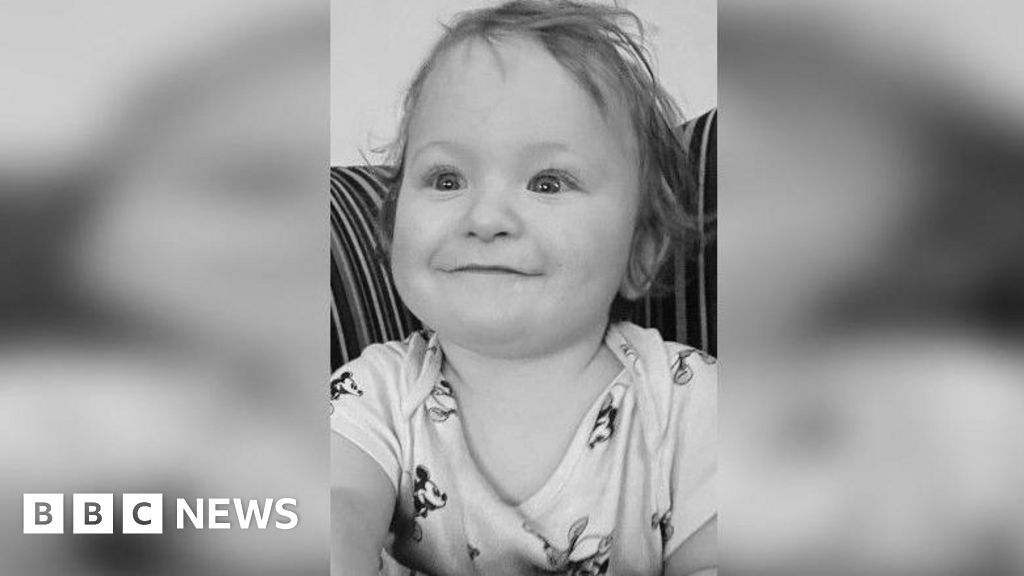ARTICLE AD BOX
By Angie Brown
BBC Scotland, Edinburgh and East reporter
Image source, Julie Nicholson
Image caption, It was Julie Nicholson's eyes that first started turning yellowOne weekend last year, Julie Nicholson started turning "golden yellow" but she was unaware that she had a dangerous medical condition.
The 52-year-old, from Armadale in West Lothian, says her husband noticed it first and they put it down to her being dehydrated from working 15-hour days so she started to drink lots of water.
"I didn't feel ill, but the next day in the shower I could see my skin was yellow and my kids were saying my skin looked a funny colour," she says.
The following day she called her doctor and they arranged for her to have blood tests.
She says: "As soon as I saw the doctor, she noticed straight away I was yellow.
"By now I had turned Marge Simpson yellow, I could have played her in a stage show, I was that yellow. It was so scary."
Image source, FOX
Image caption, Julie Nicholson said she turned the colour of cartoon character Marge Simpson (L)Still unaware of how serious her condition was, Julie went home where she continued working as a data privacy officer for drinks giant Diageo.
"I was in a Zoom meeting the following day when my phone wouldn't stop ringing, so eventually I thought I had better answer it," she says.
"It was my doctor and she was saying I had to report immediately to the medical centre."
Julie was then sent to hospital as staff said she was turning more yellow by the minute.
She had an ultrasound and a CT scan, which found a blockage in her bile duct.
"They said you have a tumour, it's probably cancer and where it is we have to operate," Julie says.
Bile ducts
Image source, Getty Images
- The bile ducts are a series of thin tubes that go from the liver to the small intestine.
- Their main job is to allow a fluid called bile to go from the liver and gallbladder into the small intestine, where it helps digest the fats in food.
- A whipple procedure is a complex operation to remove the head of the pancreas, the first part of the small intestine, the gallbladder and the bile duct.
- If left untreated, bile duct obstructions can lead to life-threatening infections.
- Medicine called Creon is taken by the patient once the bile duct has been removed to help them digest food.
Intensive care
Julie says: "They told me it was a dangerous whipple operation and of the death rate on the operating table.
"My dad was with me, as I hadn't wanted to bother my husband at work, and he went pure white."
Half of her pancreas, the gall bladder and bile duct and some of her small intestine were removed.
She lost two-and-a-half stones in weight and was in hospital, including intensive care, for a month.
Her daughter had given birth to her first grandchild, Havanah May, so she wanted to convalesce at home.
Image source, Julie Nicholson
Image caption, Julie Nicholson was delighted to meet her new grandchild, Havanah May, when she was well enough to leave hospitalJulie says her husband saved her life by noticing she was turning yellow.
Keith, a forklift driver, said: "When I noticed Julie's eyes were going awful yellow I immediately put it down to the hours she works and told her she must be dehydrated.
"She's working when I go to work and is still working when I return from my shift.
"But the next day she was even yellower, despite drinking water, and her skin was a golden colour. We didn't know what it was, it was weird what was happening to her.
"You hear of things like this happening to other people but you never think it's going to happen in your own household."
Julie started turning yellow in March 2020. She had an operation and then several rounds of chemotherapy and could not walk without a Zimmer frame. Her husband had to wash her and took three months off work to care for her.
Since then, Julie has undergone intervention for serious wounds after her operation.
She only started recovering back to full strength in the summer 2021.
Image source, Julie Nicholson
Image caption, Julie walked the John Muir Way to raise money for AMMF - a charity that does research into cholangiocarcinoma - the official title for bile duct cancerIn August, she completed a 134-mile (216km) walk of the whole John Muir Way from Helensburgh on the west coast of Scotland to Dunbar on the east coast.
But although she had reached full strength, she still had a lot of anxiety about what had happened.
"That's when I visited Maggie's Centre and they have been helping me so much. I can speak to them about everything and they don't take notes," Julie says.
She will continue to be regularly monitored at the hospital.
Lesley Howells, lead psychologist for Maggie's centre, said: "Regardless of prognosis, life post-treatment can be hugely challenging.
"Friends and family might be clapping their hands and saying 'great, normal service resumed', but for the person who has been through the treatment they might feel as if their life has been turned upside down and shaken around."
Julie's husband Keith says: "It was very lucky Julie changed colour or we would never have known something was wrong as she didn't feel any different. It let us know something wasn't right here."

 3 years ago
58
3 years ago
58








 English (US) ·
English (US) ·